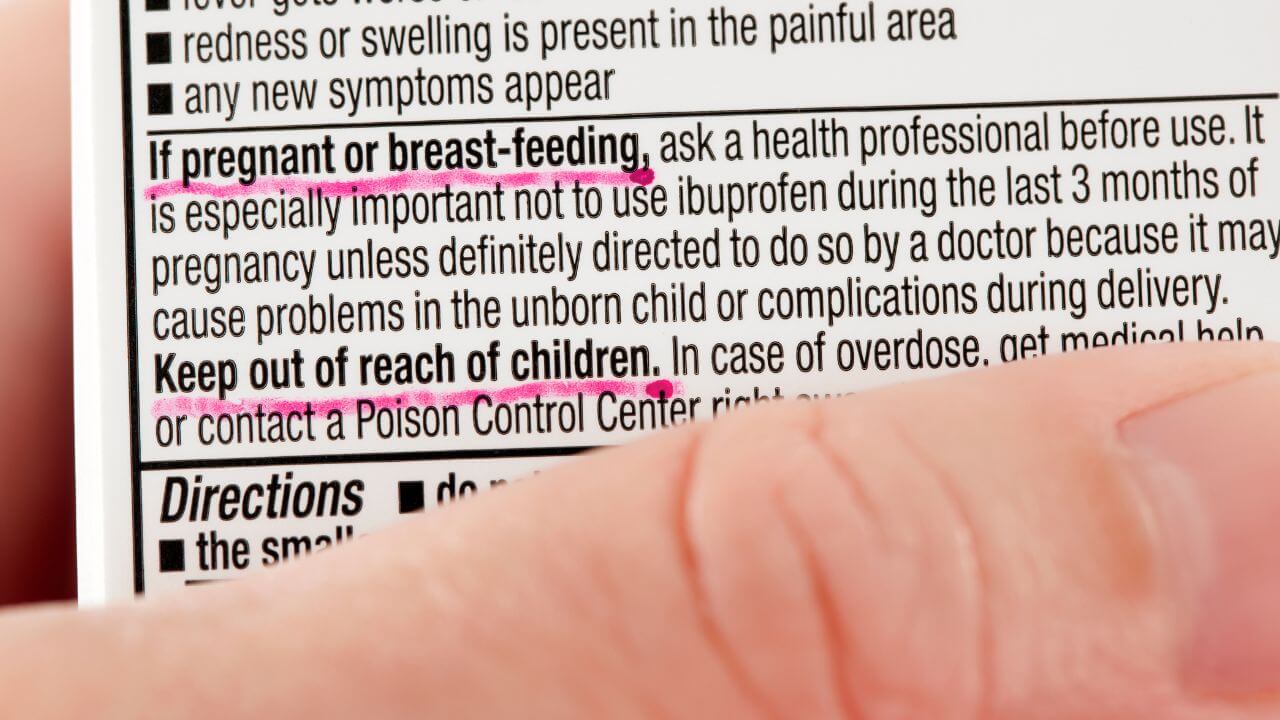Pharmaceutical labels play a critical role in ensuring patient safety, regulatory compliance, and product integrity throughout the supply chain. As integral components of medical packaging, these labels must adhere to stringent storage requirements to maintain their efficacy and reliability.
Environmental Conditions
Medical labeling standards mandate that pharmaceutical labels be stored under controlled environmental conditions. Ideally, these conditions include temperature and humidity levels that prevent degradation of label materials. Temperature fluctuations can cause adhesive failure or label warping, compromising readability and adherence to packaging surfaces. Therefore, storage areas should maintain stable temperatures between 15°C to 25°C (59°F to 77°F) and humidity levels around 40% to 60%.
Protection from Light
Light exposure can accelerate the degradation of label materials, particularly those sensitive to UV radiation. Pharmaceutical labels should be stored in areas that minimize exposure to direct sunlight or artificial UV light sources. UV-resistant packaging materials or opaque containers can be used to shield labels from light, ensuring their longevity and readability over time.
Moisture Control
Excessive moisture can lead to label wrinkling, ink smudging, or adhesive weakening, all of which compromise the label’s functionality. Storage areas should be dry, free from condensation, and protected from water ingress. Packaging labels in moisture-resistant materials or using desiccants within storage containers can mitigate moisture-related damage and maintain label integrity.
Ventilation and Air Quality
Proper ventilation in storage areas is essential to prevent the buildup of pollutants, dust particles, or contaminants that could adhere to labels and affect readability. Storage facilities should be clean, well-maintained, and periodically inspected for air quality to ensure labels remain free from environmental pollutants that could compromise their legibility or adherence.
Security and Access Control
Medical labeling standards also emphasize the need for secure storage facilities to prevent unauthorized access or tampering with pharmaceutical labels. Access to storage areas should be restricted to authorized personnel only, with strict protocols in place for inventory management, labeling material handling, and disposal of expired or damaged labels.
Label Rotation and Inventory Management
To ensure label freshness and compliance with medical labeling standards, pharmaceutical labels should be stored using a “first-in, first-out” (FIFO) inventory management system. This practice prevents the accumulation of outdated labels that may no longer meet regulatory requirements or exhibit reduced adhesive strength due to prolonged storage.
Regular Monitoring and Inspection
Regular monitoring and inspection of stored pharmaceutical labels are essential to detect any signs of degradation, damage, or non-compliance with medical labeling standards. Visual inspections should be conducted periodically, with damaged or compromised labels promptly replaced to maintain product integrity and regulatory compliance.
Conclusion
In conclusion, adherence to stringent storage requirements outlined by medical labeling standards is crucial to preserving the quality, readability, and functionality of pharmaceutical labels.
By maintaining controlled environmental conditions, protecting labels from light and moisture, ensuring proper ventilation and air quality, implementing robust security measures, and practicing effective label rotation and inventory management, pharmaceutical manufacturers can uphold the highest standards of label integrity and regulatory compliance throughout the product lifecycle.
4
